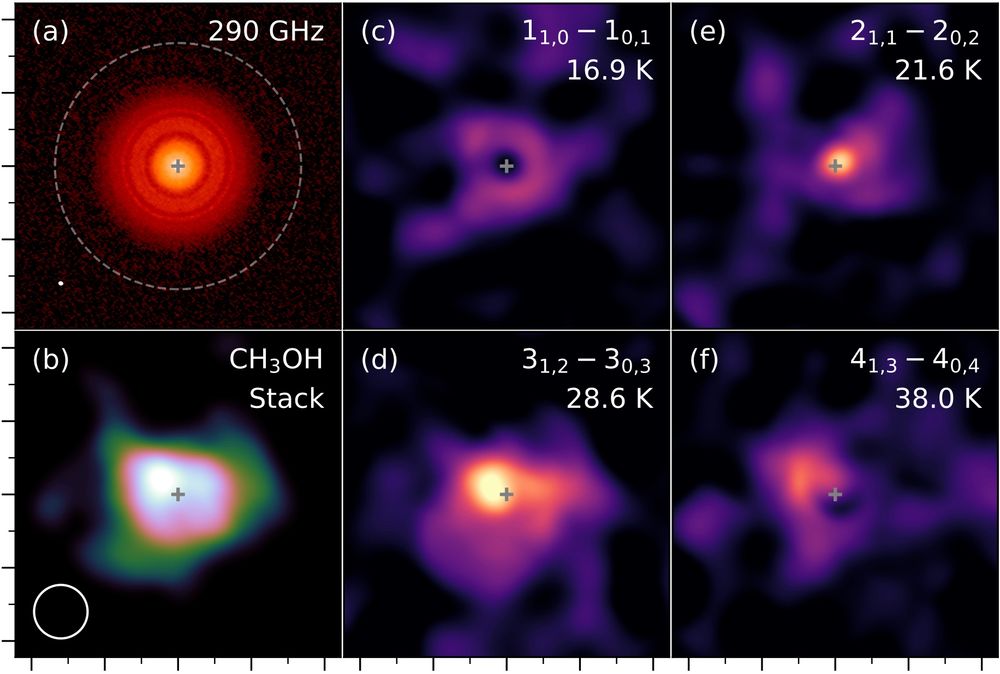John Ilee
@johnilee.bsky.social
38 followers
35 following
48 posts
Astrophysicist. Assembled in Yorkshire. STFC Ernest Rutherford Fellow & University Academic Fellow at the University of Leeds.
Posts
Media
Videos
Starter Packs
Reposted by John Ilee
Reposted by John Ilee
Reposted by John Ilee
Reposted by John Ilee
Reposted by John Ilee
Reposted by John Ilee
Dr Duncan Forgan
@dh4gan.bsky.social
· Aug 12
John Ilee
@johnilee.bsky.social
· Jul 17








